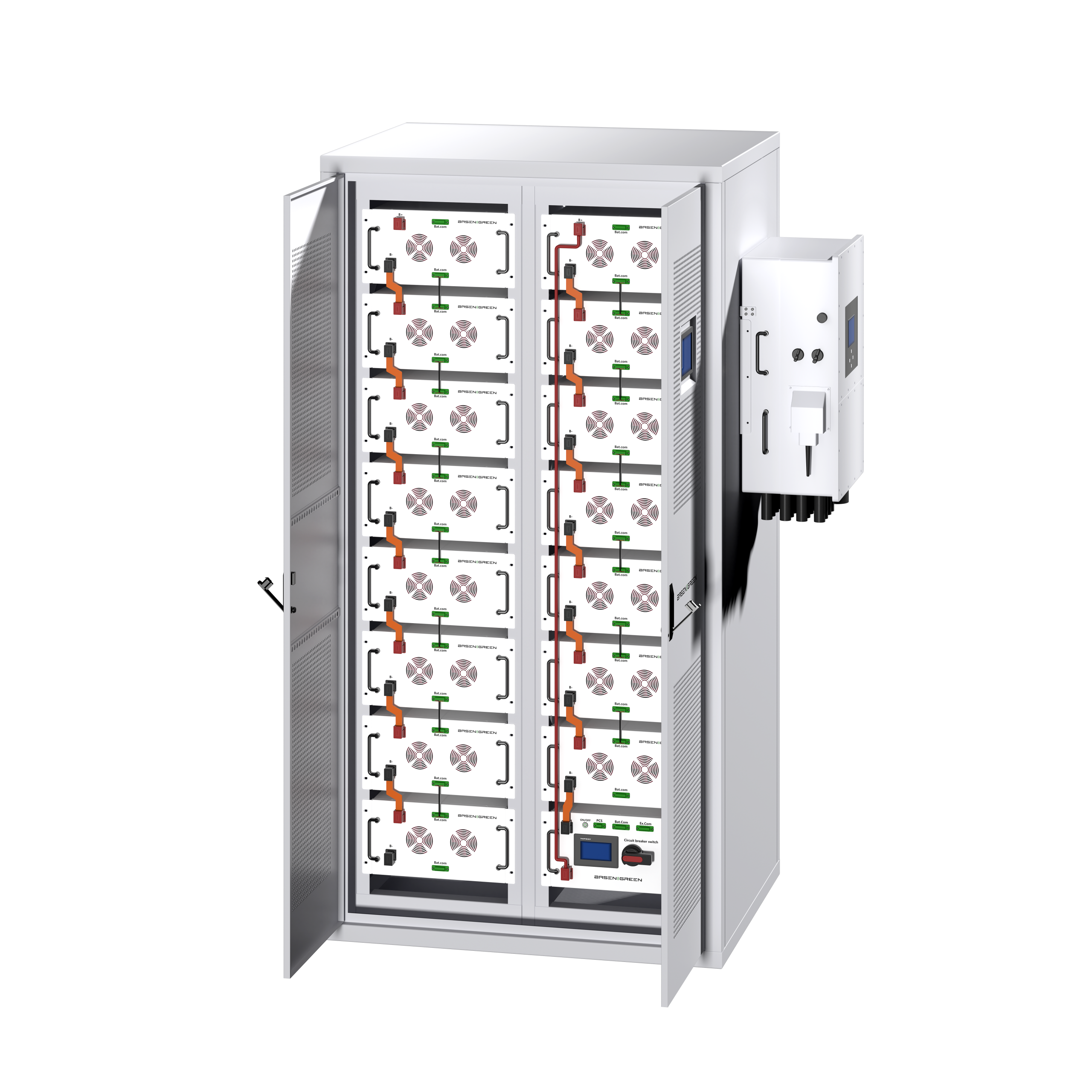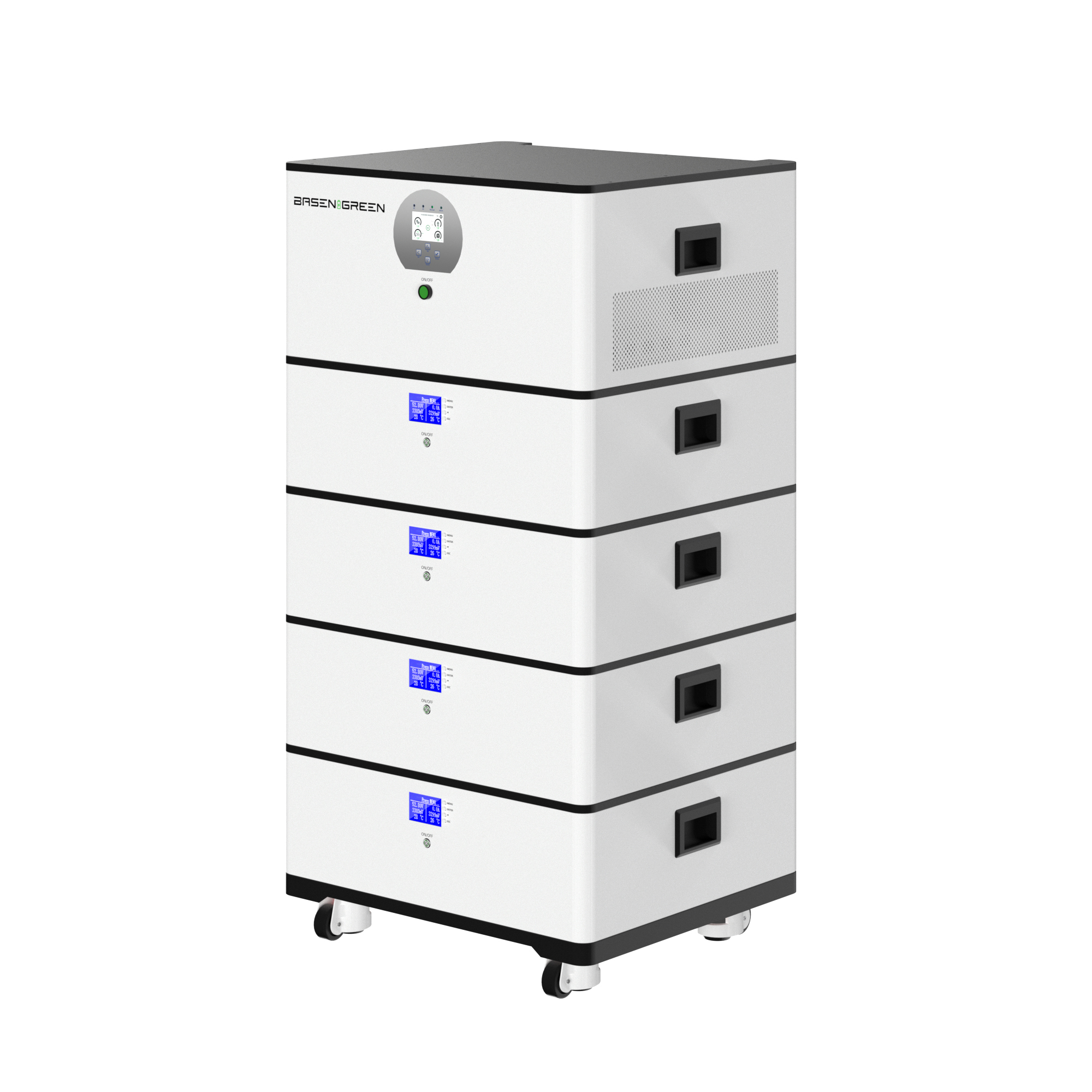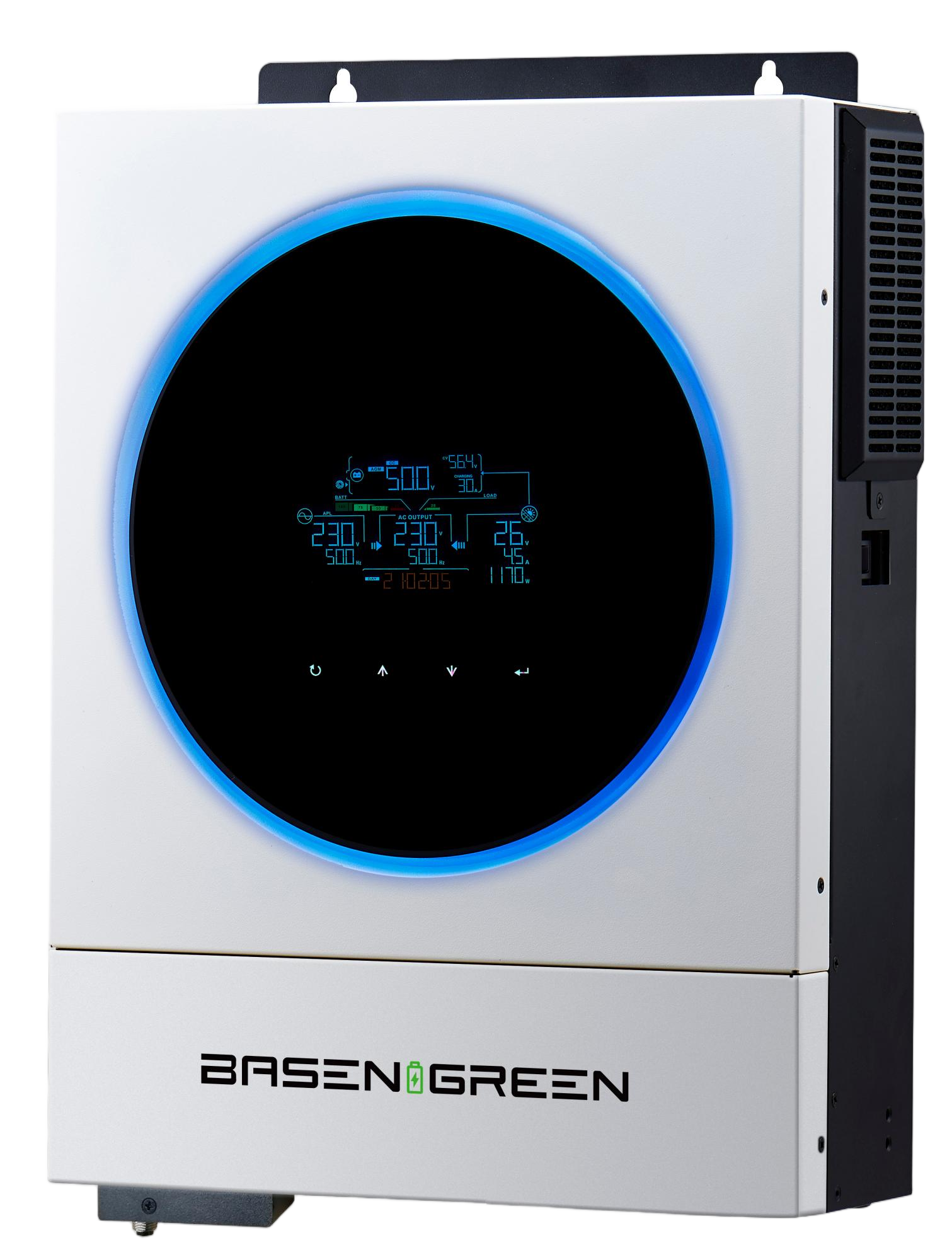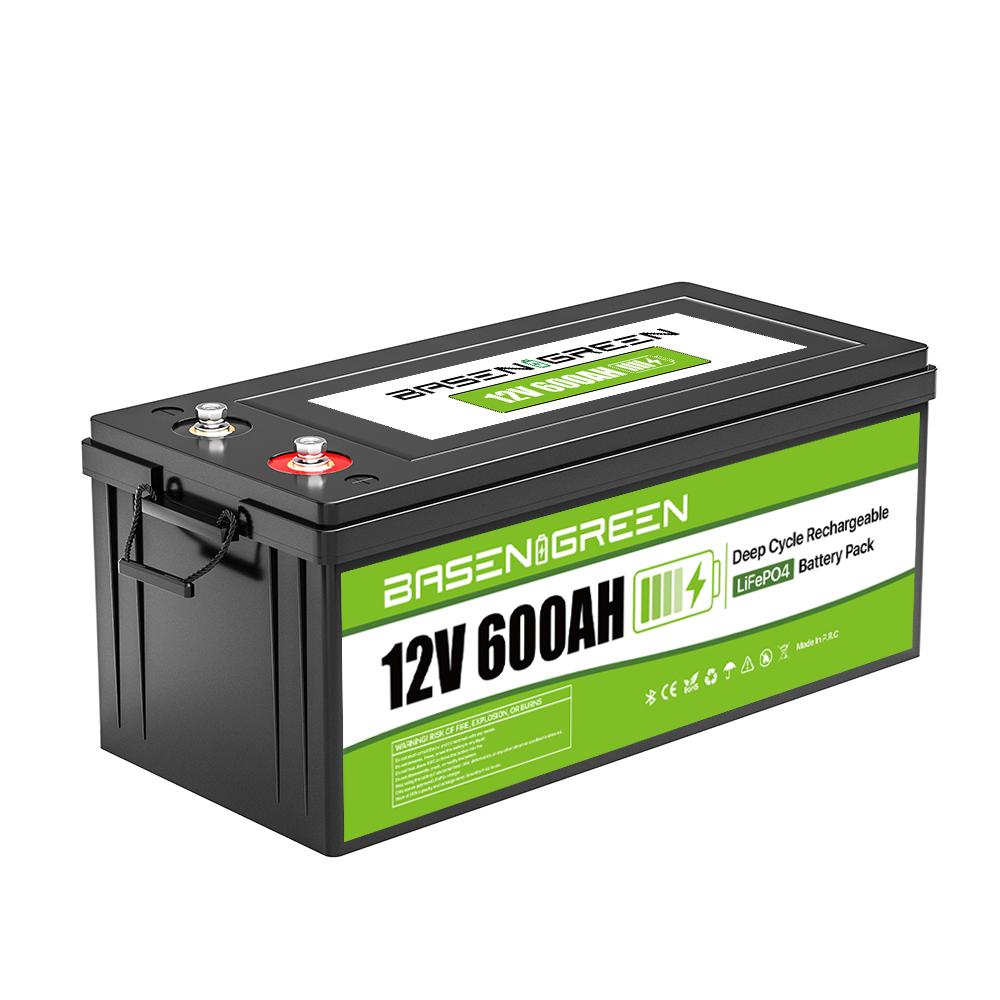ROI Analysis for 100-215kWh Lithium Battery Industrial Storage
In recent years, the demand for sustainable energy solutions has grown exponentially, driven by the global push for carbon neutrality and the increasing adoption of renewable energy sources. Among the various energy storage technologies, lithium-ion batteries have emerged as a preferred solution for industrial storage applications. With capacities ranging from 100 kWh to 215 kWh, these batteries offer a reliable and efficient way to store energy for industrial use. This article delves into the Return on Investment (ROI) analysis for 100-215 kWh lithium battery industrial storage systems, providing insights into their financial viability, environmental benefits, and long-term advantages.
Understanding ROI in Energy Storage
ROI is a financial metric used to evaluate the efficiency of an investment. In the context of energy storage systems, ROI helps businesses determine the profitability of investing in lithium-ion batteries compared to traditional energy storage solutions. A higher ROI indicates better profitability and a more favorable investment.
For industrial storage applications, the ROI of lithium-ion batteries is influenced by several factors, including initial costs, energy savings, maintenance expenses, and the lifespan of the battery. Businesses must consider these factors to assess whether a lithium battery storage system aligns with their financial goals.
Key Factors Influencing ROI for Lithium Battery Storage
Initial Investment Costs The upfront cost of installing a 100-215 kWh lithium battery storage system can be significant. However, advancements in battery technology have made these systems more affordable over time. It is essential to compare the initial investment with the potential savings from reduced energy costs and avoided power outages.
Energy Savings One of the primary benefits of lithium battery storage is the ability to store excess energy during off-peak hours and use it during peak demand periods. This reduces reliance on the grid during high-tariff times, leading to substantial energy savings. For industrial facilities with high energy consumption, these savings can be substantial.
Maintenance Costs Lithium-ion batteries are known for their low maintenance requirements compared to traditional lead-acid batteries. They have a longer lifespan, reduced corrosion, and require less frequent replacement, which contributes to lower overall maintenance costs.
Lifespan of the Battery The lifespan of a lithium-ion battery is a critical factor in determining ROI. Modern lithium batteries can last up to 10-15 years, depending on the depth of discharge and operating conditions. A longer lifespan means a higher ROI, as the cost is spread over a greater number of years.
Government Incentives and Rebates Many governments and utility companies offer incentives and rebates for the adoption of renewable energy and energy storage systems. These financial incentives can significantly reduce the initial investment cost and improve ROI.
Calculating ROI for Lithium Battery Storage
To calculate the ROI for a 100-215 kWh lithium battery storage system, businesses can use the following formula:
[ ROI = \left( \frac{\text{Net Profit}}{\text{Initial Investment}} \right) \times 100\% ]
Where:
Net Profit = Energy Savings – Maintenance Costs – Other Expenses Initial Investment = Cost of Battery System + Installation CostsFor example, if a company invests $50,000 in a lithium battery storage system and saves $75,000 over 10 years, the ROI would be:
[ ROI = \left( \frac{75,000 – 50,000}{50,000} \right) \times 100\% = 50\% ]
This calculation highlights the importance of accurately estimating energy savings and costs to determine the true ROI of a lithium battery storage system.
Case Study: ROI for a 100-215 kWh Lithium Battery System
Consider an industrial facility with an annual energy consumption of 1 GWh. By installing a 150 kWh lithium battery storage system, the facility can store excess energy generated during off-peak hours and use it during peak demand periods. This reduces the reliance on grid power during high-tariff times, leading to significant energy savings.
Assuming the initial investment for the system is $100,000, and the facility saves $20,000 annually on energy costs, the ROI calculation would be:
[ ROI = \left( \frac{20,000 – 5,000}{100,000} \right) \times 100\% = 15\% ]
While this ROI may seem modest, it is essential to consider the long-term benefits. Over a 10-year period, the total savings would amount to $150,000, resulting in a cumulative ROI of 50%.
The ROI analysis for 100-215 kWh lithium battery industrial storage systems demonstrates their financial viability and long-term benefits. While the initial investment may be significant, the energy savings, reduced maintenance costs, and government incentives make these systems a sound investment for businesses. As lithium battery technology continues to advance, the ROI is expected to improve further, making these systems an even more attractive option for industrial energy storage.






